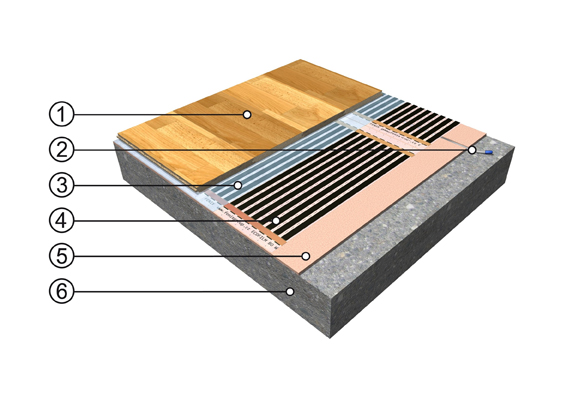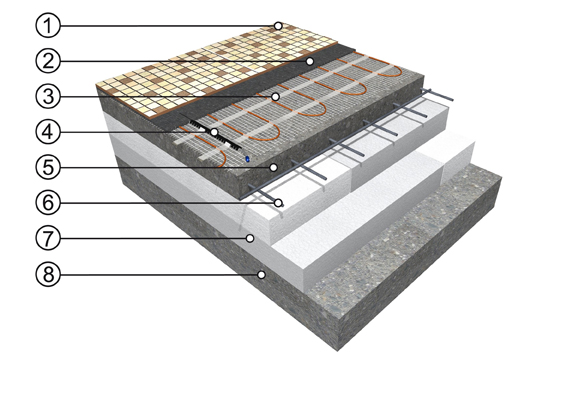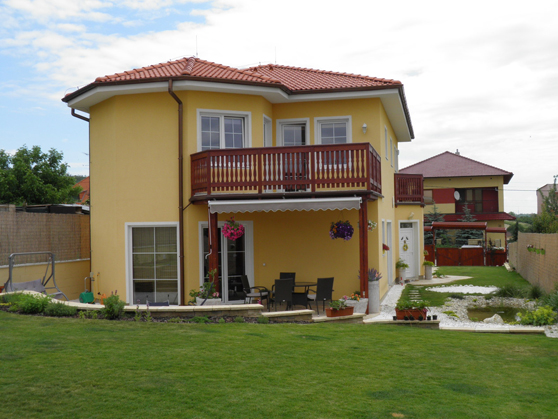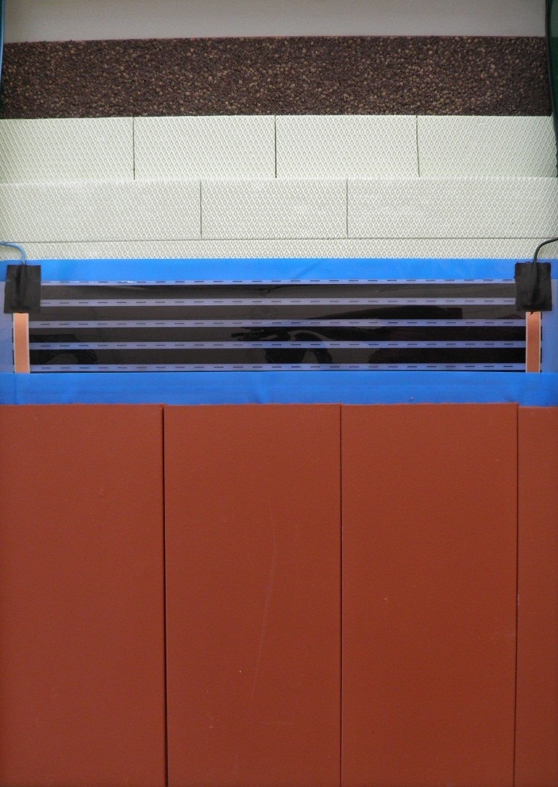If an investor decides to build a low-energy house, they automatically assume that the heating bill will be low. Low acquisition costs clearly favor electric floor heating. Operational comfort and especially low operating costs are confirmed by several specific implementations. For example, the data from two large family houses in Slovakia, heated by large-area low-temperature systems from the company FENIX Jeseník, is interesting.

















